Description
Hospital Bed Mattress: Essential Guide to Comfort and Care
A hospital bed mattress plays a crucial role in patient care, providing comfort, and support, and promoting overall well-being. Unlike traditional mattresses, hospital bed mattresses are specifically designed to meet medical standards, ensuring that patients remain comfortable while reducing the risk of complications such as pressure sores. This article explores the different types of hospital bed mattresses, their benefits, key considerations when choosing one, and maintenance tips.
Types of Hospital Bed Mattresses
1. Foam Mattresses
Foam mattresses are among the most common types used in hospitals. They are made of high-density foam that contours to the patient’s body, providing pressure relief and comfort. These mattresses are often used for short-term patient care and are ideal for individuals who have limited mobility but are not at high risk of developing bedsores.
2. Innerspring Mattresses
Innerspring mattresses resemble traditional home mattresses but are reinforced to support hospital bed functionality. They consist of steel coils for firmness and durability. While they provide good support, they are not always the best option for long-term bedridden patients due to their lack of advanced pressure relief.
3. Air Mattresses
Air mattresses are equipped with alternating pressure technology, making them ideal for patients at risk of developing pressure ulcers. These mattresses inflate and deflate different sections to redistribute pressure, improving circulation and preventing skin breakdown. They are particularly beneficial for patients with prolonged immobility.
4. Gel Mattresses
Gel-infused mattresses provide enhanced comfort by regulating temperature and evenly distributing weight. The gel material reduces heat buildup, making it an excellent choice for patients who experience excessive sweating or require cooling effects. These mattresses also offer pressure relief and support, minimizing discomfort.
5. Hybrid Mattresses
Hybrid mattresses combine multiple materials, such as foam, air, and gel, to create a mattress with comprehensive benefits. They provide pressure relief, temperature control, and support, making them suitable for various medical conditions. These mattresses are often recommended for long-term care and rehabilitation settings.
Benefits of Bed Mattresses
- Pressure Relief – Designed to reduce the risk of pressure sores by evenly distributing body weight.
- Enhanced Comfort – Provides cushioning and support to prevent pain and discomfort.
- Improved Circulation – Helps maintain proper blood flow, reducing the risk of complications like deep vein thrombosis.
- Adjustability – Compatible with beds that can be adjusted to different positions for patient needs.
- Hygiene and Durability – Most bed mattresses come with waterproof, antimicrobial covers to maintain hygiene.
Key Considerations When Choosing a Hospital Bed Mattress
1. Patient Needs and Condition
The choice of a mattress should align with the patient’s medical condition, mobility level, and risk of pressure ulcers. For instance, bedridden patients may benefit from an air mattress, while a foam mattress may be sufficient for short-term recovery.
2. Mattress Size and Compatibility
Hospital beds come in different sizes, including standard, bariatric, and pediatric options. It is essential to ensure that the mattress dimensions match the bed frame to provide optimal support and prevent movement-related injuries.
3. Pressure Redistribution Features
For patients with limited mobility, selecting a mattress with pressure redistribution technology, such as an alternating pressure air mattress, can significantly reduce the risk of bedsores.
4. Material and Durability
Materials should be durable, easy to clean, and resistant to fluids. High-quality foam, medical-grade gel, and reinforced air chambers enhance the longevity and functionality of the mattress.
5. Ease of Cleaning and Maintenance
Hygiene is a critical factor in healthcare settings. Choose a mattress with a waterproof, antimicrobial cover that is easy to wipe down and disinfect.
6. Cost and Insurance Coverage
Hospital bed mattresses vary in cost based on their features and technology. Some insurance policies or medical assistance programs may cover part or all of the cost, so checking with providers is advisable.
Maintenance and Care Tips
- Regular Cleaning – Wipe the mattress with an appropriate disinfectant to remove bacteria and maintain hygiene.
- Check for Damage – Regularly inspect for wear, tears, or leaks, especially for air and gel mattresses.
- Rotate and Flip – Foam and innerspring mattresses should be rotated periodically to ensure even wear and prolong lifespan.
- Proper Storage – When not in use, store the mattress in a clean, dry area to prevent mold and mildew growth.
- Follow Manufacturer Guidelines – Adhere to specific care instructions provided by the manufacturer for optimal mattress performance.
Conclusion
Hospital bed mattresses are an essential component of patient care, significantly impacting comfort, recovery, and overall health. Selecting the right mattress requires careful consideration of patient needs, mattress features, and durability. By maintaining and properly using these mattresses, healthcare providers and caregivers can ensure enhanced patient well-being and support. Whether for home care or hospital settings, investing in a high-quality hospital bed mattress is crucial for providing the best possible care and comfort.



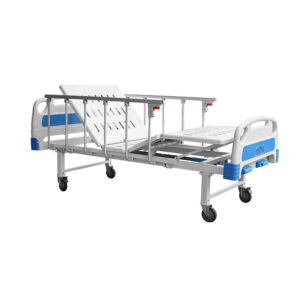
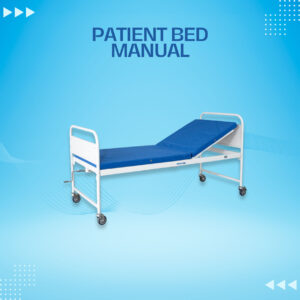

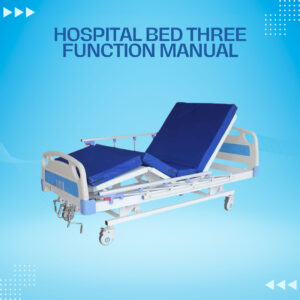


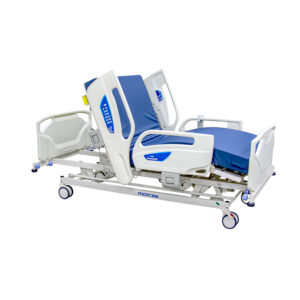

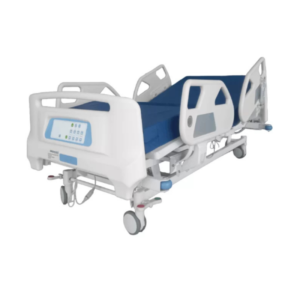

Reviews
There are no reviews yet.